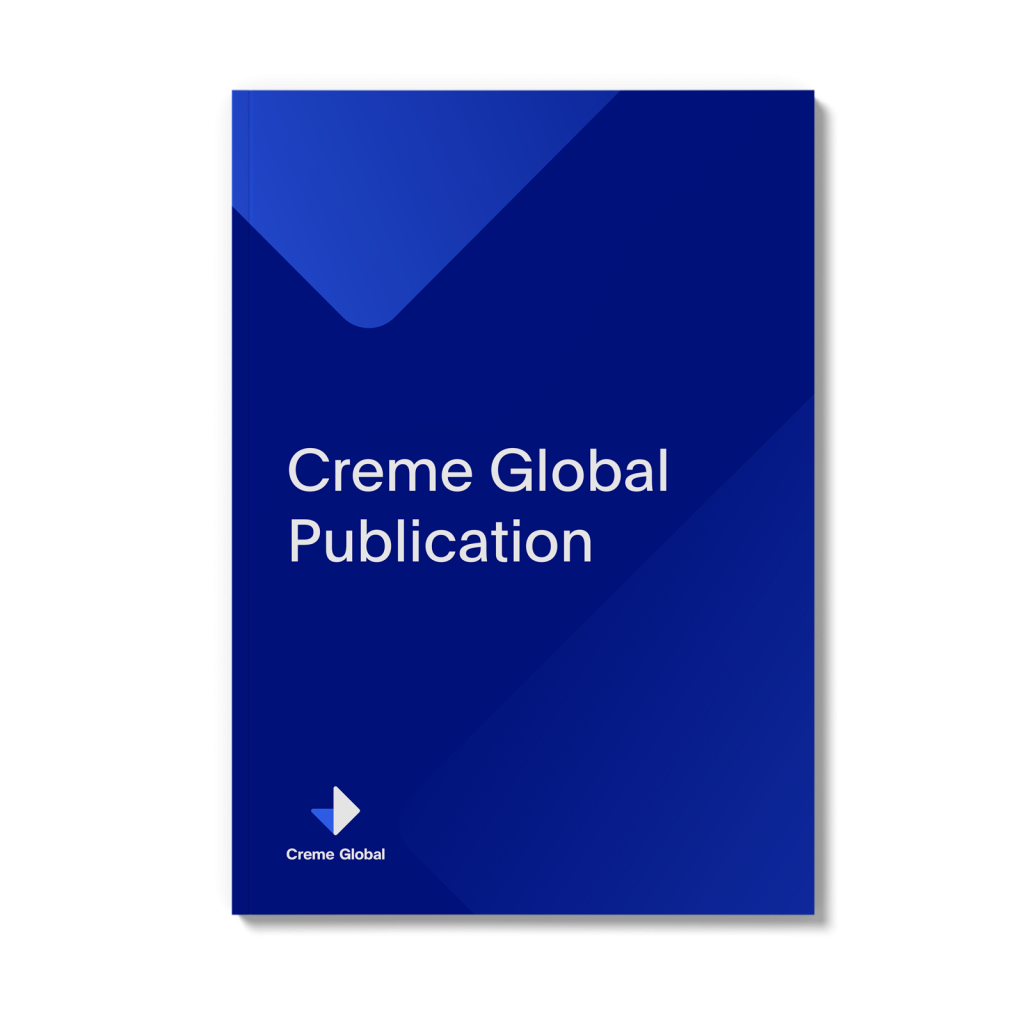Conventional culture-based techniques are largely inadequate in elucidating the microbiota contained in an environment, due to low recovery within a complex bacterial community. This limitation has been mitigated by the use of next-generation sequencing (NGS)-based approaches thereby facilitating the identification and classification of both culturable and uncultivable microorganisms. Amplicon targeted NGS methods, such as 16S ribosomal RNA (16S rRNA) and shotgun metagenomics, are increasingly being applied in various settings such as in food production environments to decipher the microbial consortium therein. Even though multiple food matrices/food production environments have been studied, the low-moisture environment associated with bakery food production remains to be investigated. To address this knowledge gap, in this study, we investigated the microbiome associated with two bakery production sites (designated as A and B) located in Ireland using 16S rRNA-amplicon-based sequencing. Amplicons corresponding to a hypervariable region contained within the 16S rRNA gene were amplified from DNA samples purified from environmental swabs and ingredients collected at both sites at various stages (preparation, production, postproduction, and storage) across the bakery production chain, over three seasons (winter, spring, and summer). These amplicons were sequenced, and data were analyzed using the mothur pipeline and visualized using MicrobiomeAnalyst and a series of R packages. The top seven bacterial phyla identified at both sites were composed of Proteobacteria, Firmicutes, Actinobacteria, Bacteroidetes, Deinococcus-Thermus, Patescibacteria, and Verrucomicrobia. In addition, the phyla Tenericutes (Mycoplasmatota) and Acidobacteria were observed only in samples taken at site B. Different bacterial compositions were identified at each stage of production. These same bacteria were also found to be present in the final processed food suggesting the influence of the environment on the food matrix. This study is the first demonstration of the utility of 16S rRNA amplicon-based sequencing to describe the microbiota associated with bakery processing environments.
- Industries
Industries We Work With
We work with the largest food, cosmetic and chemical brands in the world and also with main industry regulators in both the US and Europe.
- Products
Our Platform
Our platform hosts products designed and developed to advance global health and safety and improve the way your data is used. Find out more about the way we handle complex projects and help our clients gain valuable insights.
- Services
Our Services
We provide various expert services and solutions that enable you to get the most out of your data and gain new and clearer insights.
- About
What Motivates Us
We are on a mission to enable better decision-making in a complex world using science and data.
- Log In
Scientific Modelling
Release the full power of your data and discover key insights to answer the questions that matter to you with scientific modeling and analytics side of our platform. Log in to run predictive models and analyse results.
Data Portal and Visualisation Dashboard
Data Portal is a unique and powerful solution for organizations and consortia seeking a user-friendly, robust way to gather and centralize data from multiple sources. Log in to submit your data or to view your dashboards.
